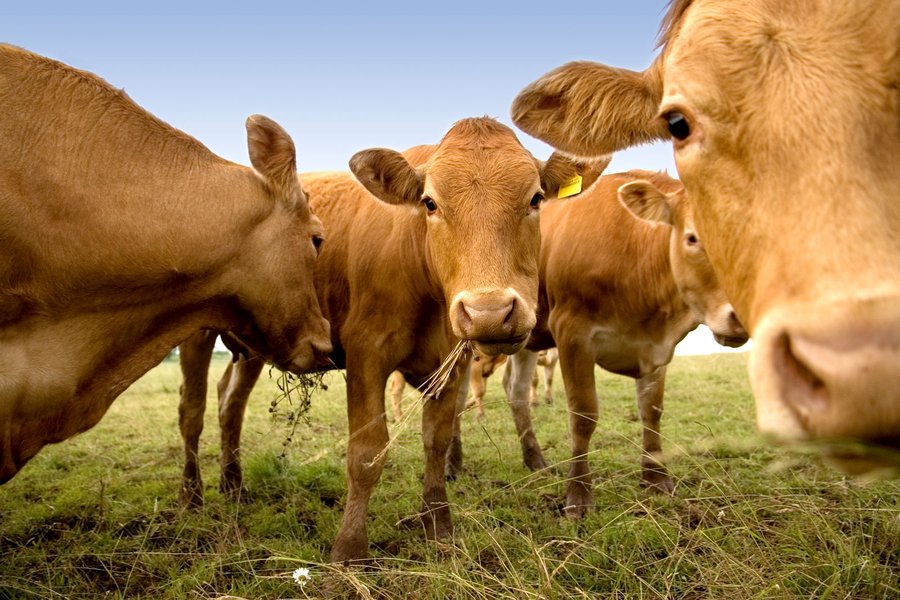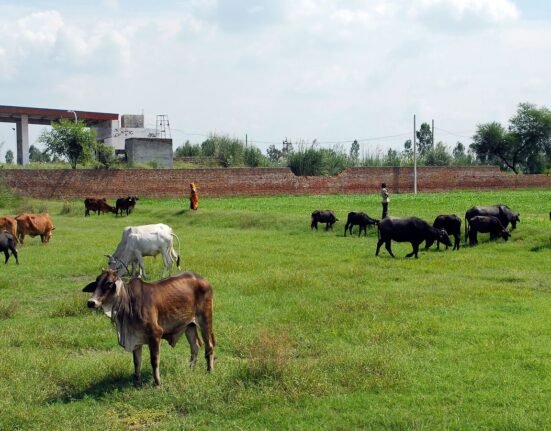Zimbabwe’s cattle sector faces mounting challenges from shrinking grazing land and climate variability. Traditional extensive systems are under pressure, prompting farmers to adopt resilient breeds capable of tolerating heat, drought, and disease, alongside innovative feeding strategies such as drought‑tolerant forage and supplementary feed.
Land scarcity has also driven intensification and diversification, with rotational grazing, agroforestry, and mixed livestock operations improving efficiency and resilience. Farmers increasingly use technology and cooperative networks to monitor herds, optimise resources, and share knowledge, strengthening adaptive capacity.
Moreover, policy support and farmer training are emerging as critical enablers of sustainable production. Extension services and government programmes play a key role in helping farmers implement modern practices and access markets, enhancing both productivity and livelihoods.
While environmental pressures are significant, these strategies demonstrate that sustainable cattle farming in Zimbabwe is achievable. By combining breed resilience, feed innovation, efficient land use, and collaborative approaches, the sector can continue to provide economic value and food security in a constrained environment.







